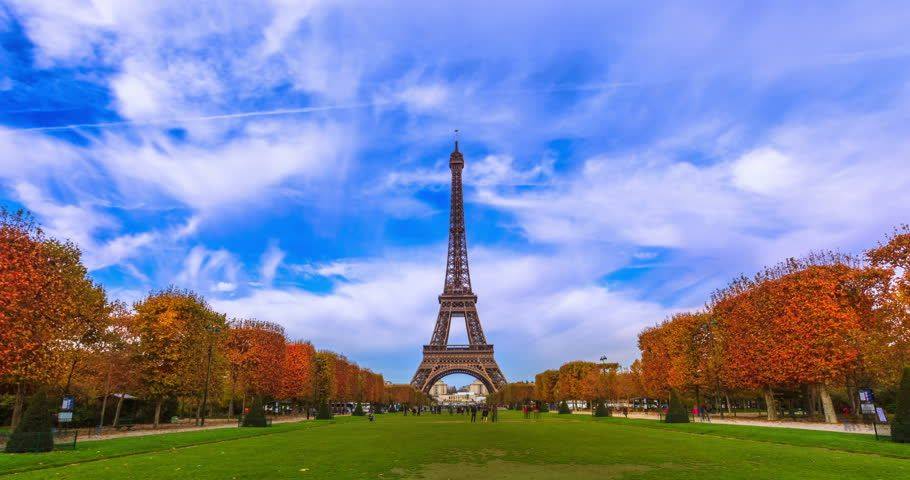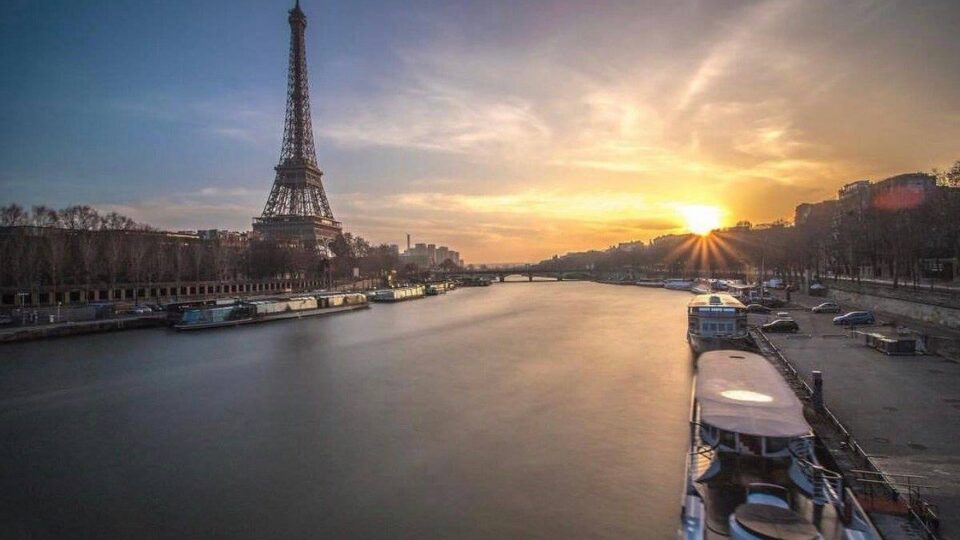Do Parisians Like the Eiffel Tower?
La Tour Eiffel, popularly known as the Eiffel Tower, is one of the most recognizable landmarks in the world. It was designed as the 1889 World’s fair centerpiece in Paris and was meant to celebrate the 100th anniversary of the French Revolution. Also, it was bided to show off France’s modern mechanical expertise on a world stage.
Parisians do like the Eiffel Tower like millions of tourists who come to visit Paris. For many Parisians, this monument is a national pride that reflects the true identity of their beloved city. But not everyone loves it today. It has been like that even before it was completed. Here is a brief history of the Eifel Tower:
History
When Gustave Eiffel’s civil engineering company for the Universal Exhibition of 1889 constructed it, it had the fate of other sites built for the special event- they were all marked for destruction. But the outcome turned out differently for Gustave and co. It was built in 2 years, 2 months, and 5 days, with 7,500 tons of iron and over 2 million rivets.
The project was incredibly criticized by several artists and intellectuals at the start of the construction work in 1886. Guy de Maupassant (popular 1800s French author and poet) especially, and Verlaine (poet) compared the Tower to a skeleton. The list of Eiffel Tower’s high profile detractors was long, and it included Charles Garnier (architect of Paris and Monaco operas), Charles Gounod (composer), and many others.
The detractors will sign a manifest arguing that the project was unnecessary compared to other ones in the city. They even argued that constructing the Tower was a monumental insult to the Louvre, the Sainte-Chapelle, the Louvre, the Arc de Triomphe, etc. Interestingly, until 1909, Gustave Eiffel was the only owner of the Tower because he was given a 20 years-exploitation permit. He even had a small flat/office at the Tower’s top, which remained the world’s tallest construction until the 1930 Chrysler Building was erected.
Many detractors of the Tower also reasoned that the monument spoiled the excellent perspective of the Champ de Mars, from the Ecole Militaire to the Palais du Trocadéro (which was yet to be the Art Deco that’s there now). Many others were more pragmatic. They wanted the iron used in building it to be recycled into weapons for World War 1.
However, Gustave Eiffel was enamored with his Tower and will prove himself to be wise just to steer clear of opposition and avoid his beloved monument’s demolition. As the peak of the Eiffel Tower was Paris’ highest point, Gustave will have the brilliant idea to allow the military to use it for communication means. Subsequently, it will become a television and radio transmitter. This is how the Tower was saved from its initial brief destiny. It caught the attention of the world in the 1960s when mass tourism increased. Since then, it has become a symbol synonymous with both the city and country.
What Parisians Think of the Eiffel Tower
Even though some might claim that they hate the landmark, they will still defend it as I have met French men and women who express their dislike in a snobbish way. But they end up being sentimental in favor of the Tower they claim they do not like. In fact, some of them have told me that while they don’t see the Eiffel Tower as special, their heart pounds every time they see it sparkle at night.
Many locals consider it a thrill to see the Tower from their apartment’s windows or at their balcony or terrace. It is such a gorgeous sight. And every July 14th (Bastille Day), friends and families all come together to share magical moments at the elegant Tower.
Mostly, Parisians love the monument or do not care about it. It will be recalled that the Eiffel Tower was strongly disliked by high-profile citizens in the 19th and 20th-centuries. Guy de Maupassant is known to be so embittered about the sight of Gustave Eiffel’s Tower that he eats on the Tower’s first floor because that was the only place he could not see it.
Apart from its iconic status, Parisians appreciate the monument also for its world-famous example of the Belle Époque’s wonderful legacy of engineering and architecture. Even though it is over 100 years old, the Tower hardly looks out of date. It fits into Paris’ layout perfectly: beginning from the beautiful Ecole Militaire, there the Champs de Mars, then the Tower before the Seine, then the Trocadero and the 16th arrondissement. The entire arrangement is splendid and difficult not to like.
Meanwhile, Tour Montparnasse does not enjoy the same popularity as Eiffel Tower. It is despised to the point that the city authority had to ban the construction of any more buildings with similar grotesque structures.
As the tower breeds pride in Parisians, it assures safety and direction for tourists. For someone new in the City of Light that is yet to be familiar with various landmarks across the city, the Eiffel Tower is a helpful reference point.
Why Some Parisians Hate the Eiffel Tower
Apart from the fact that it could be seen everywhere in Paris, it is found everywhere made in different material on sale in all store windows. Some Parisians have said it is unbearable to keep seeing the Eiffel Tower everywhere and every time. It was built to display engineering ingenuity, but the likes of Maupassant got offended that the design did not conform to the aesthetic sensibilities of the era. Not to forget, the dominant architecture of the time was characterized by ornate stonework on buildings.
Many also thought the Eiffel Tower was ugly and that it creates a fictional Paris starkly different from the real Paris. The Tower might present Paris as a city reminiscent of paradise where the ideals of the free world are promoted. True that the city, like the rest of the country, has come a long way in outlining the ideals of a liberal society, but many will believe that Paris is neither welcoming nor neat. Snobby and dirty are the only stereotypes that are necessarily not true.

>>Also Read: Cool Facts About The Eiffel Tower
Some Eiffel Tower Facts
It Wasn’t Gustave Eiffel’s Idea
The structure was only named after the engineer. His senior engineers Maurice Koechlin and Emile Nouguier, actually designed it. Gustave was not too psyched about the project initially, but he sent the engineers to Stephen Sauvestre, his company’s architectural department.
Made of 18,038 Pieces of Wrought Iron
The pieces of iron are connected by 2.5 million rivets that were arranged between 150 and 300 workers who were recruited to build the monument.
Completed in Record Time
On January 8, 1887, digging work started on the site of the Eiffel Tower. On April 11, 1888, a little over a year later, the Tower’s first floor was finished before the second floor’s completion on August 14, 1888. The last stage was completed on March 31, 1889.
Its Height Changes With the Seasons
Given its wrought iron material, the Eiffel Tower’s metal expands in the summer, making the structure rise by 7 inches.
Hitler Ordered The Tower To be Destroyed
After Germany occupied France in WW2, Adolf Hitler decreed that the Eiffel Tower be razed down, but the command was never followed through. French resistance fighters fought back, and they even cut the Eiffel Tower’s elevator cables, so the Germans had no choice but to climb the stairs to hoist their flag.
Final Thoughts
Waking up to the sight of the Eiffel Tower remains one of the best feelings ever. And who wouldn’t want to see it when it’s cloudy, sunny, or rainy sparkling at night? In truth, it is a monument for all seasons! Watching the Tower is bound to elicit many emotions- from feeling grateful that you are in one of the world’s most beautiful cities to shedding few tears at the elegance of its architecture. You will probably never get tired of the Eiffel Tower.
Parisians originally hated the Eiffel Tower; however, their opinions of the Tower has changed in recent years, and most of them now love it and consider it their national pride.
